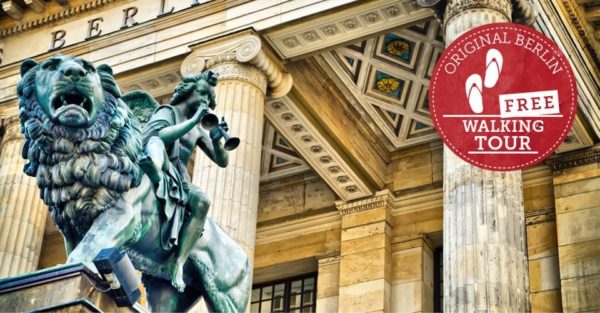What Defines a Capital City?
However, before we go out traveling to the aesthetically interesting city of Berlin, we ought to define what it is that makes one city a capital city. Capital city is usually understood to be the political, administrative and often the cultural heart of a particular country. It contains the headquarters of the government through which decisions affecting the country are made.
Now, you might be wondering: What’s the capital of Berlin? Haha, you know what, Berlin is the capital of Germany you know couples of months ago.
The Historical Significance of Berlin
Being one of the most historical cities in Europe Berlin has seen and participated in some of the biggest events of history. Berlin as a town was once a small settlement in Middle Ages times, being reborn as a significant industrial and cultural city later.
As for the twentieth century Berlin was through many transformations and transformations such as the Second World War and division of city in to East Berlin and West Berlin under the period of cold war. It is an historical fact that the Berlin Wall came crashing down in 1989 by bringing about the physical reunification of Germany.
Today, Berlin symbolizes a reunited Germany or at least a part of it and a vibrant international metropolis which is at the same time full of modern twists and turns of the past.
Exploring the Sights and Sounds of Berlin
When visiting Berlin, there are a plethora of attractions and landmarks waiting to be discovered. Let’s dive into some of the must-visit destinations:
1. Brandenburg Gate
The iconic Brandenburg Gate is a symbol of unity and peace. Originally built in the late 18th century as a neoclassical triumphal arch, it has witnessed significant historical events and serves as a symbol of Germany’s reunification.
2. Reichstag Building
The Reichstag Building is home to the German Parliament and offers stunning views of Berlin from its glass dome. A visit to the Reichstag provides a glimpse into Germany’s political system and its turbulent history.
3. Museum Island
Museum Island is a UNESCO World Heritage site and a treasure trove of art and culture. It houses several world-renowned museums such as the Pergamon Museum, the Neues Museum, and the Altes Museum, where you can immerse yourself in the rich history and artistry of different civilizations.
The Vibrant Cultural Scene in Berlin
Now Berlin is a worldwide city with center of art, music, and gastronomy. Today, the city houses many art galleries, theaters and places for concerts to support a creative population.
Out of all types of art, street art has now gained official status as being an important component of Berlin’s cityscape. The East Side Gallery is a section of the actual Berlin Wall painted by artists along the river bank and symbolizes Berliner’s art and political movement.
The Culinary Delights of Berlin
When it comes to food Berlin is a true international city with cuisines that are present everywhere. The region boasts a population with heavy roots in German cooking, but patrons will also find International World Cuisine.
Remember to taste currywurst, a culinary delight of Berlin you’ll see many stalls on the street selling sausages with curry ketchup. Another important point of interest is the cuisine; if you want to taste most diverse creations, walk around the markets like Markthalle Neun or Turkish Market.
Conclusion
Germany’s capital Berlin is a city that contains a rich combination of the past, art, and the present. Tourism is one of Berlin’s most promising sectors due to the presence of great historical buildings, art galleries, cultural museums, vibrant arts and culture, and so delicious foods.
Therefore next time when you sit surrounded by your allies with a map of the world right in front of you ready to be interrogated on the capital of Berlin ,do remember the dynamic city that is at the centre of Germany.
Table of Contents

